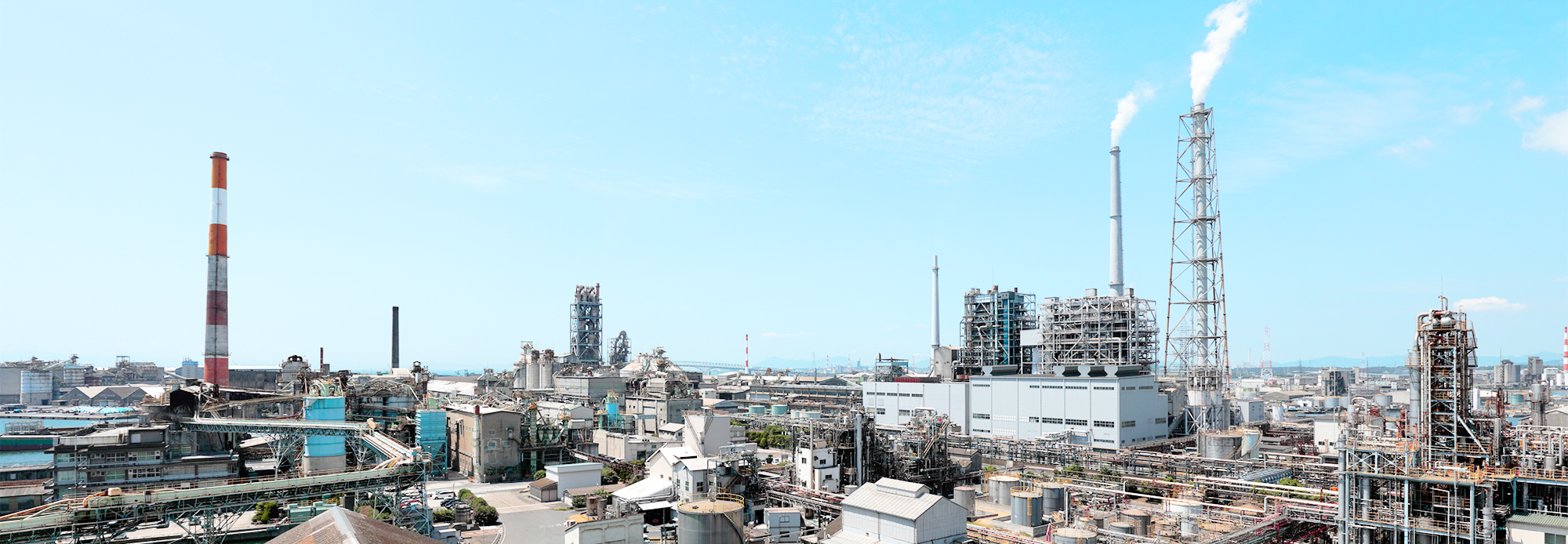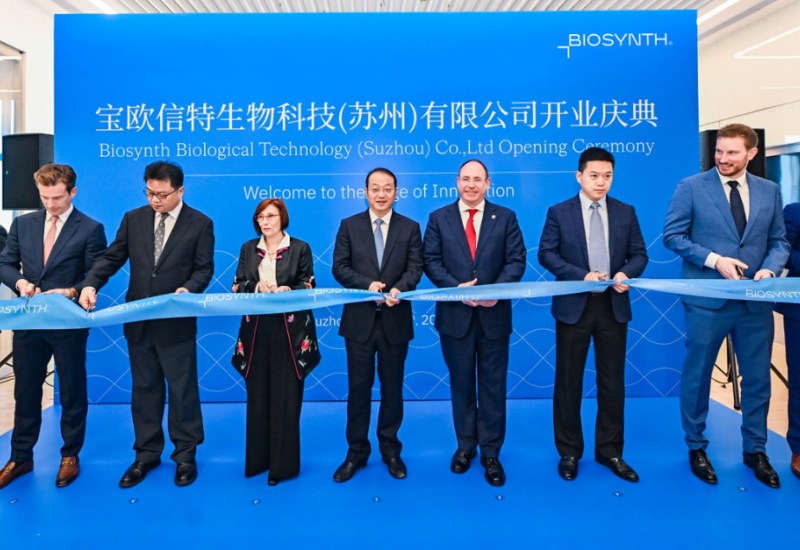New medium-term plan for Ube
The Ube Group has announced a new medium-term management plan that will affect its chemicals operations. ‘Vision Ube 2025 - Prime Phase’ which covers the next three years through to fiscal 2021 and is the starting point for the company’s strategic vision to 2025.
Among other things, the previous organisation with three internal companies and two divisions has been consolidated into three internal companies, which will all have greater independence in business operations and decision-making. These comprise chemicals, construction materials and machinery companies and the former’s remit is to “further stabilise revenues and drive the growth of the entire group”.
The chemicals company, Ube said, “will improve the revenue-generating capabilities of each of its businesses by pursuing further globalisation, strengthening its solutions-oriented business models, and developing and expanding its environmentally friendly technologies and products”. Like the others, it has designated ‘active growth’ and ‘platform’ businesses.
For the former, including polyamides, fine chemicals, high-performance coatings, synthetic rubber, polyimides, separation membranes and separators, Ube will pursue accelerated growth “by prioritising the allocation of business resources to these businesses. With the latter, including caprolactam, industrial chemicals, electrolytes, and pharmaceuticals, it will seek to maintain stable revenues and expand them “by reducing costs and pursuing differentiation in target markets”. The Tyranno fibre and lithium titanium oxide businesses are targets for particularly fast growth.
Overall, Ube aims to be part of the solution for global environmental issues, particularly greenhouse gas emissions, to gain new through further globalisation and enhance its own governance. Key to these aims will be to expand its human management resources, use information and communication technology to increase the efficiency of facilities and raise labour productivity and add value in R&D. It plans to invest ¥160 billion over the next three years, while spending ¥45 billion on R&D.














